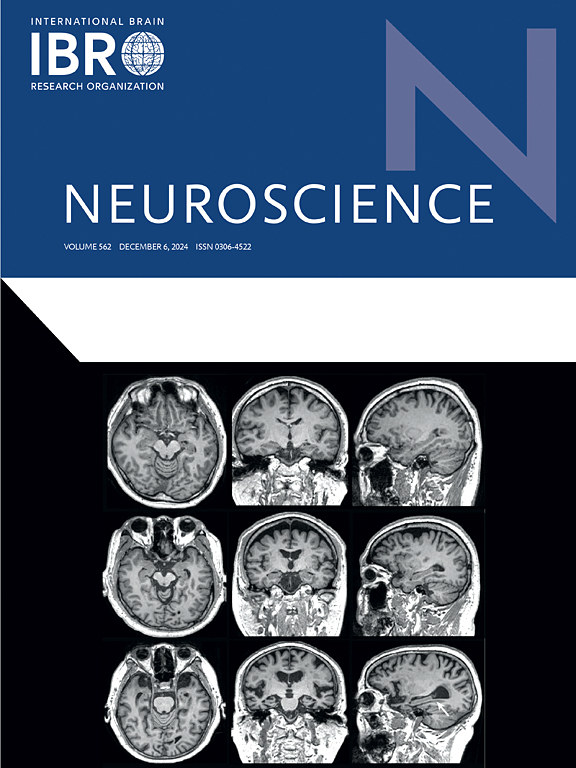探索急性脑内出血血肿微环境中 OLR1 介导的炎症机制。
IF 2.9
3区 医学
Q2 NEUROSCIENCES
引用次数: 0
摘要
本文章由计算机程序翻译,如有差异,请以英文原文为准。
Exploring OLR1-mediated inflammatory mechanisms in the hematoma microenvironment of acute intracerebral hemorrhage
Intracerebral hemorrhage (ICH) is a devastating form of stroke with high mortality and limited therapeutic options. The current study investigates the role of oxidative low-density lipoprotein receptor 1 (OLR1) within the hematoma microenvironment, focusing on its impact on immune responses and disease progression in ICH patients. Through comprehensive bioinformatics analyses of datasets from the Gene Expression Omnibus (GEO), including peripheral blood, brain tissue, and hematoma samples, we identified significant upregulation of OLR1, particularly in hematoma regions. This upregulation was strongly correlated with increased monocyte and macrophage activity, exacerbating neuroinflammation and contributing to poor clinical outcomes. Single-cell RNA sequencing (scRNA-seq) further elucidated the involvement of OLR1 in monocyte-driven immune responses, suggesting its critical role in the pathophysiology of ICH. Validation through quantitative real-time PCR (qRT-PCR) confirmed that OLR1 expression was significantly higher in hematoma samples than in peripheral blood, with the most notable elevation observed in patients with poor prognoses. Our findings suggest that OLR1 could serve as a promising biomarker and therapeutic target for modulating immune responses in ICH. Targeted therapies to regulate OLR1 expression could potentially mitigate neuroinflammation and improve recovery outcomes. This study not only enhances the understanding of the molecular mechanisms underlying ICH but also provides a foundation for developing novel therapeutic strategies that focus on the hematoma microenvironment and immune modulation.
求助全文
通过发布文献求助,成功后即可免费获取论文全文。
去求助
来源期刊

Neuroscience
医学-神经科学
CiteScore
6.20
自引率
0.00%
发文量
394
审稿时长
52 days
期刊介绍:
Neuroscience publishes papers describing the results of original research on any aspect of the scientific study of the nervous system. Any paper, however short, will be considered for publication provided that it reports significant, new and carefully confirmed findings with full experimental details.
 求助内容:
求助内容: 应助结果提醒方式:
应助结果提醒方式:


